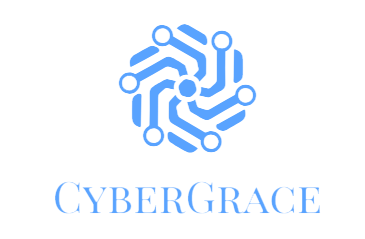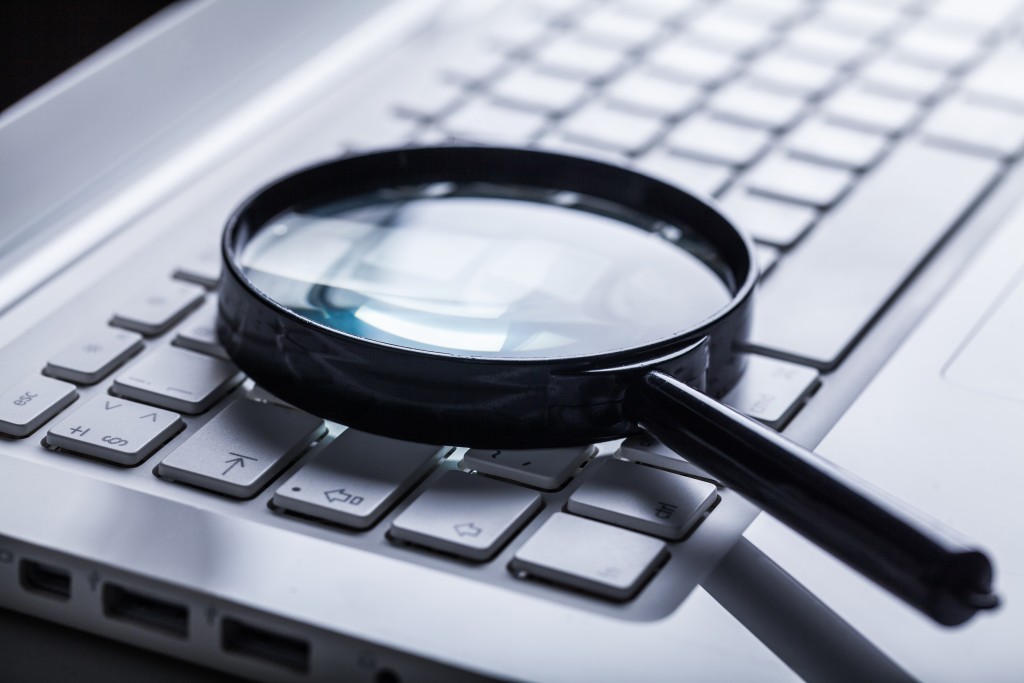Imagine this: You go home and turn on your computer, and you immediately notice how sluggish its performance is. You take the necessary basic steps in troubleshooting the problem to no avail. How can you run your e-commerce digital marketing company now? It is quite unfortunate that this has to happen at this inopportune time. The next thing that comes to your mind is you might be infected with malware. Even if you have tried your best to stay away from ad-ridden websites or flagging suspicious emails, you do not know if there are things that fell through the cracks. But don’t you worry, it is not yet the end of the world. Short of paying for recovery or security software, or formatting your main storage drive, there are still more steps you can take using the native OS features to tackle this issue.
Manually Delete Files
There are some malware out there that are so good at hiding themselves. If you are running Windows, they would not even show up under Task Manager. The next logical step will be for you to stop loading programs on startup. If your computer is still running slow or erratic even after doing this, you can try deleting some files manually. Malicious software like to create new folders and dump bad files in them, so the next thing you should do is scour your computer for those and see if they have legitimate files or not. They can be quite easy to identify, but if you still have doubts, you can always check the internet for more information. If you are sure that the files or folders you found are generated by the malware, go ahead and delete them.
Check Your Network Settings

So you have removed some files and folders from your computer. It works great for a few minutes, and then it goes back to its old ways. You also could never seem to remove the home page, which directs you to a dubious-looking website full of pop-up windows. This could be the trigger of the malware adding random files again, so going back to delete those again would do you no good. If you are experiencing this, you might want to check your network settings, as that may have been affected too. This can also be targeted by the program. You might want to check the DNS server settings and see if that has been altered. That can be a way to lock in the home page to a certain site. Even if you change the browser’s home page setting, it will come back to that again and again. Change the DNS server addresses to automatic or if you choose manual, you can select from proper open addresses. After that, do the previous steps again.
Revert to a Previous State
You may have heard of the registry. Think of it as a checklist of settings that the OS has to follow, and this one seems to have precedence over everything else. This is also a favorite target of malware. You can learn to manipulate each line of code if you want to get into the details, but you can also revert your system to a previous state. For Windows users, this is known as the System Restore. What it does is it goes back to a previous setting or state of your computer, and that includes the registry. You can opt to go back to the nearest restore point, or you can go back to an even earlier date.
It can be a bummer when you discover that you are hit with malware. The great thing is that you can solve the issue yourself without resorting to using security software to clean your system. The OS should have enough features to help you out, provided that you know what you are doing. If your PC is still struggling, then bring out the big guns so you can eradicate the malware.

